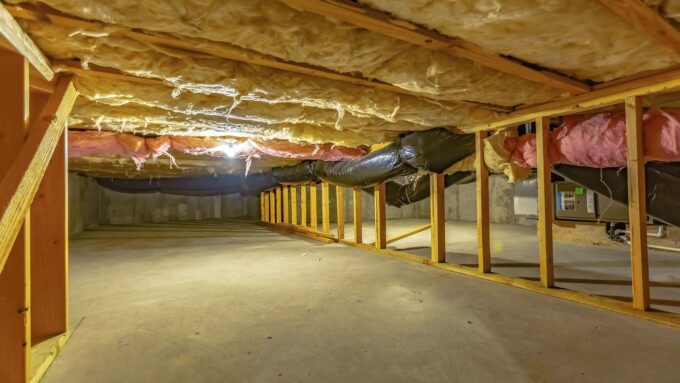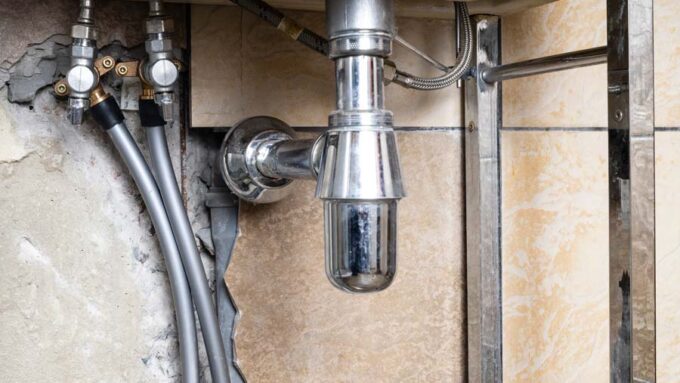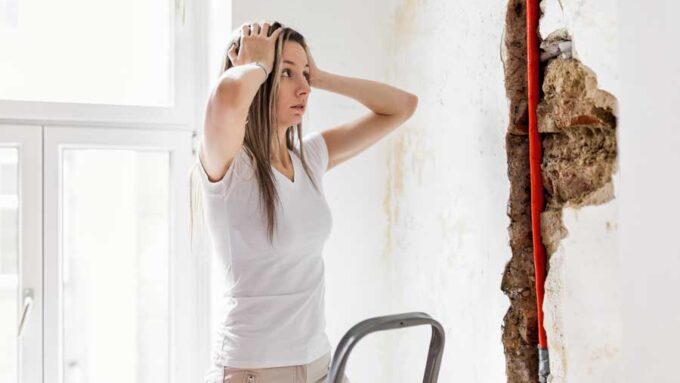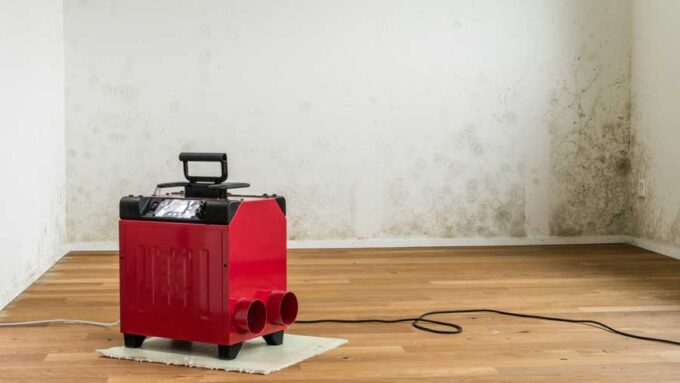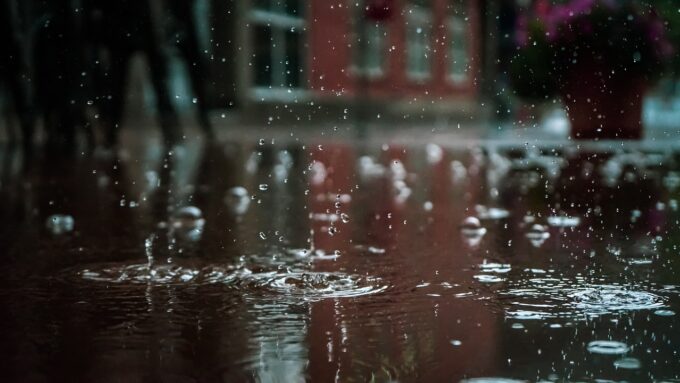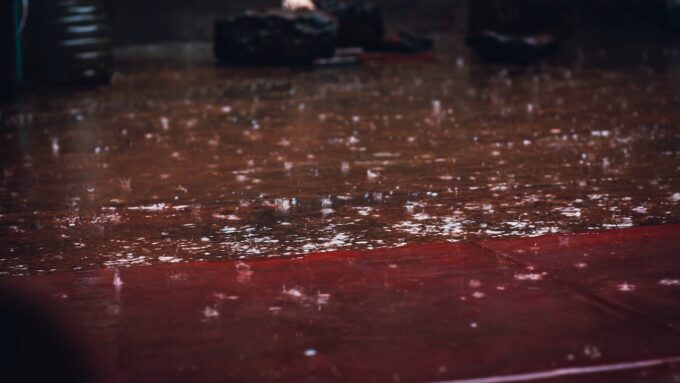In the labyrinth of your home, there lies an often-overlooked yet vital area known as the crawl space. This hidden pocket beneath your house may be an afterthought, but it plays a crucial role in maintaining your home’s structural integrity and air quality. This article delves into what crawl space cleaning is, why it’s essential, how to tackle mold and water damage, and the best practices to ensure a clean and safe environment below your home.
- Understanding Crawl Spaces
- The Necessity of Crawl Space Cleaning
- Combatting Mold and Water Damage
- Best Practices in Crawl Space Cleaning
- Wrapping It All Up
Understanding Crawl Spaces
Crawl spaces are compact, low-clearance areas beneath the first floor of a home. They typically house plumbing, electrical wiring, and sometimes even HVAC systems. Often seen as a convenient storage area or an irrelevant part of the home, crawl spaces are actually vital in supporting the building’s structure and ensuring adequate ventilation.
In terms of construction, crawl spaces are either built into the original design of the house or created during a home renovation. The primary purpose is to lift the home off the ground, thereby offering protection against soil moisture and pests. Additionally, this space can act as a buffer, insulating your home against extreme temperatures.
The significance of a crawl space extends beyond its functional aspects. Ignoring this area can lead to an accumulation of mold, dust, and pests, which can compromise not only the structural health of your home but also the well-being of its residents.
The Necessity of Crawl Space Cleaning
Most homeowners may never even set foot in their crawl space, let alone clean it. However, just because it’s out of sight doesn’t mean it should be out of mind. A neglected crawl space can become a breeding ground for mold, pests, and even rodents, causing a cascade of problems that could affect your home’s integrity and your health.
For instance, water accumulation in a crawl space can lead to wood rot and structural damage. A well-maintained crawl space will not only prevent these issues but will also improve the overall energy efficiency of your home. It can even save you money on your energy bills in the long run.
Your home is like a body, and just like you wouldn’t ignore an infection, you shouldn’t neglect your crawl space. Professional services for crawl space cleanup can provide a thorough cleaning, making your home safer and more energy-efficient.
Combatting Mold and Water Damage
Mold growth and water damage are two of the most common issues plaguing crawl spaces. A damp and dark environment provides the perfect breeding ground for mold, which can subsequently enter your home’s air supply. For a comprehensive approach to eradicating this problem, mold removal services are often necessary.
When it comes to water damage, it can manifest in various forms such as pooling water, rusting metal components, or even decaying wood beams. Prompt action is crucial to mitigate the damage. Utilizing water extraction services is a highly effective way to deal with such issues.
“Your crawl space is not merely an empty area under your home; it’s an integral part of your home’s ecosystem that directly impacts your living environment.”
Best Practices in Crawl Space Cleaning
Cleaning your crawl space is not a task that should be undertaken lightly or without preparation. First, personal protective equipment like gloves, masks, and coveralls should be worn to minimize exposure to harmful substances. Second, you should remove any debris, such as fallen insulation or garbage, that may have accumulated over time.
A thorough vacuuming can help remove loose dirt, dust, and small pests. After the initial cleaning, it’s advisable to seal off the crawl space to prevent future issues with moisture, pests, and mold. Insulation can also be added or replaced to improve energy efficiency.
Wrapping It All Up
In summary, a clean and well-maintained crawl space is not just a footnote in home maintenance; it’s a chapter worth paying close attention to. Addressing the cleanliness and integrity of this area can lead to long-term benefits such as better air quality, improved energy efficiency, and ultimately, a happier and healthier life within your home.
If you have more questions or require expert advice on crawl space cleaning in and around Sonoma County, feel free to contact RCS Cares.

